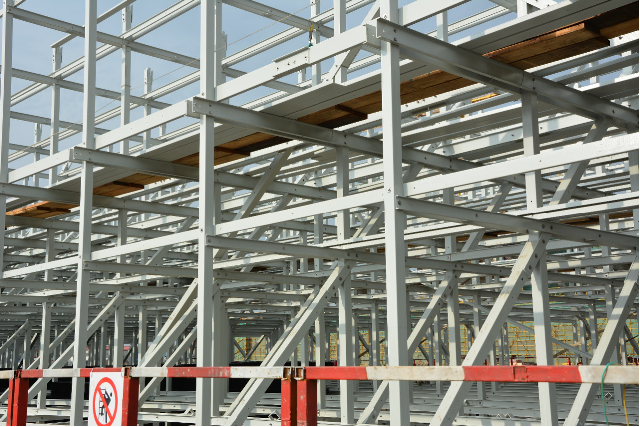In the context of today’s industrial advancement, selecting appropriate materials is crucial for ensuring the efficiency and durability of large-scale facilities like cooling towers. Fiber Reinforced Plastics (FRP), known for their exceptional physical and chemical properties, have shown significant advantages in the construction of large cooling towers. This article delves into the application of FRP profiles in this field and their advantages over traditional materials.
Overview of FRP Profiles
FRP, a composite material made from reinforced fibers (like glass, carbon, or aramid) and plastic, combines the benefits of various materials. It boasts high strength, light weight, and outstanding chemical corrosion resistance, making it a favorite in the industrial sector.
Application of FRP Profiles in Large Cooling Towers
1. Structural Support: FRP profiles are used in foundational structural components of cooling towers, such as beams and columns. These structures need to be strong enough to support the entire tower’s weight, and FRP, with its high strength and lightweight characteristics, is an ideal choice.
2. Corrosion-Resistant Components: Core components of cooling towers, like fan blades and fill media, are frequently exposed to chemicals and steam. The application of FRP in these parts effectively prevents corrosion and material degradation, enhancing the overall durability and reliability of the equipment.
3. Enclosures and Panel: The enclosures and panels of cooling towers, exposed directly to the external environment, can effectively resist damage from environmental factors (such as UV rays, temperature fluctuations, and corrosive substances) when made of FRP materials.
4. Water Treatment Systems: The use of FRP in the water treatment systems of cooling towers, including parts like pipes, valves, and filters, demonstrates its excellent corrosion resistance, enhancing the overall reliability and efficiency of the system.
Advantages of FRP Profiles Over Traditional Materials
High Corrosion Resistance:
FRP’s resistance to chemicals, moisture, and temperature fluctuations far surpasses that of traditional metals and concrete, making it an ideal choice for the harsh environment of cooling towers.
Lightweight yet Strong:
FRP is lighter than traditional materials but does not compromise on strength. This helps simplify structural design and reduces transportation and installation costs, while ensuring structural stability.
Low Maintenance Costs:
The durability of FRP means it requires less maintenance and repairs over the long term, significantly reducing the total operational costs.
Extended Lifespan:
The lifespan of FRP materials far exceeds that of traditional materials, helping to reduce downtime and expenses caused by replacements or repairs, thereby enhancing overall economic efficiency.
Ease of Installation and Transportation:
The lightweight nature of FRP profiles offers significant advantages in installation and transportation, especially in large-scale projects, greatly reducing logistics costs.
Environmentally Friendly:
FRP materials have a smaller environmental impact during production and disposal, aligning with current demands for sustainable development and environmental protection.
The application of FRP profiles in large cooling towers demonstrates their tremendous potential in enhancing performance, reducing maintenance costs, and improving environmental sustainability. Their superior physical and chemical properties make them an ideal choice for constructing more efficient, economical, and eco-friendly cooling towers. With the continuous advancement of FRP technology and further reduction in costs, we can anticipate a broader application of FRP in future industrial facilities.



